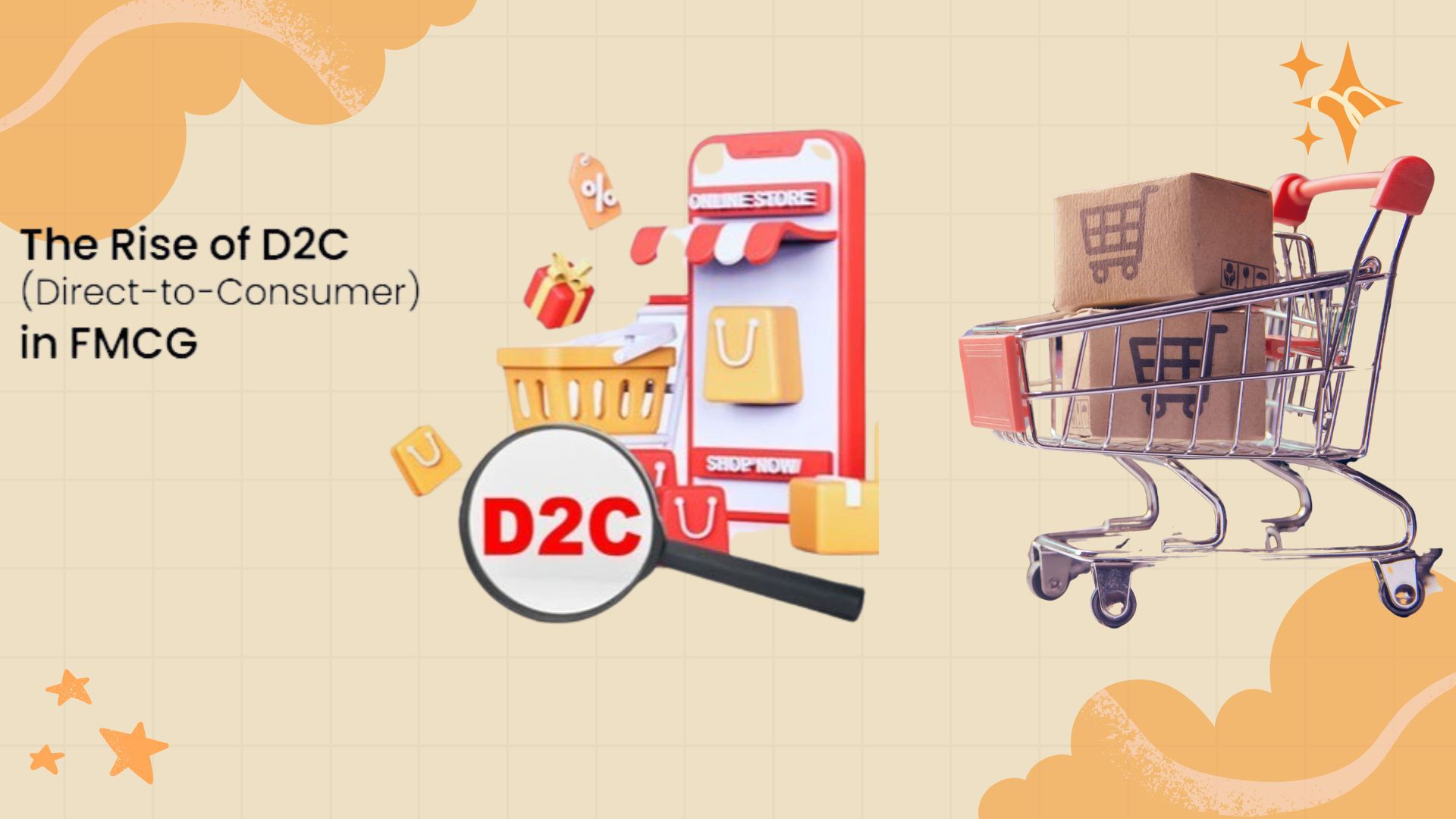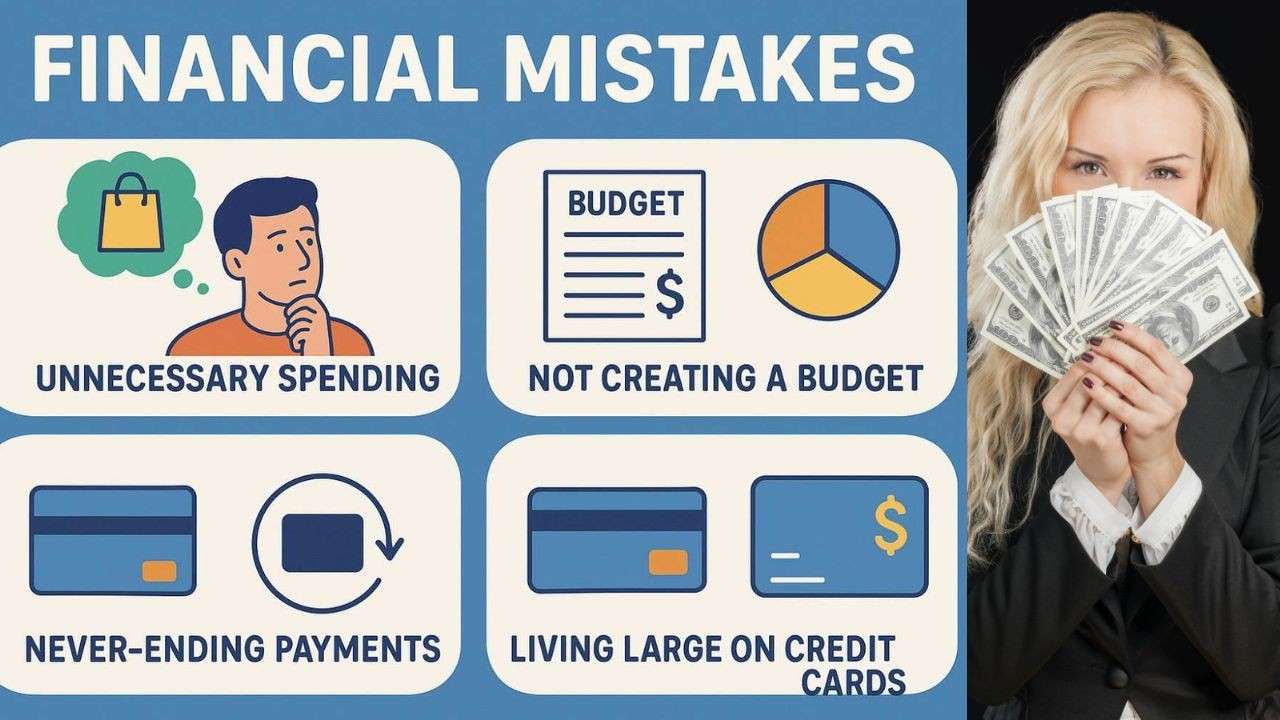Introduction
Gone are the days when Indian shopping meant a trip to a crowded market or a monolithic department store. Today, a quiet revolution is unfolding on our smartphone screens, powered by a new breed of brands that speak directly to us. We are living through the unprecedented Rise of D2C in India, a seismic shift that is reshaping the retail landscape, one personalized unboxing experience at a time.
But what exactly is fueling this D2C revolution in India? It’s a powerful cocktail of widespread digital adoption driven by Jio’s connectivity, evolving consumer preferences for authentic brands and personalized shopping experiences, and a wave of digital-first entrepreneurial spirit.
This blog delves into the trends and insights behind this phenomenon, the Rise of D2C in India, and how homegrown brands are capturing the hearts and wallets of the new Indian consumer.
What is the D2C Model and Why is it Disruptive?
At its core, the Direct-to-Consumer (D2C) model is a commercial strategy, where brands sell their products directly to customers, ignoring traditional intermediaries such as wholesale vendors, distributors, and brick-and-mortar retailers. Think of brands like Mamaearth, BOAT, or Wakefit—you buy from them online, and the product comes to your door, often with a personal note.
This model is disruptive because it flips traditional retail on its head. Instead of fighting for shelf space in a large store, the D2C brands create their own digital “shelf”—their website and social media presence. This allows them to:
- Control the Narrative: Oversee the total consumer experience, from the Instagram ad to after-sales service.
- Capture Valuable Data: Direct sales provide insights into customer preferences, purchase patterns, and trends.
- Build Authentic Relationships: Loyalty is built through community engagement and brand transparency.
1. Understanding the D2C Business Model
Direct-to-Consumer (D2C) is a model where brands bypass middlemen and connect directly with customers through online platforms, social media, or exclusive retail stores. Traditionally, a product went through:
Manufacturer → Distributor → Retailer → Consumer.
D2C simplifies this journey to: Brand → Consumer.
Benefits of the D2C model include:
- Establishing direct customer relationships
- Monitoring brand messaging and customer experience
- Delivering competitive prices by reducing intermediary margins
- Extracting valuable consumer insights for personalization
The Rise of D2C in India has created opportunities for both new-age startups and traditional businesses.
2. How D2C Brands Are Changing Retail in India
The Indian retail industry is witnessing a dramatic shift, largely driven by the Rise of D2C in India.
Unlike traditional models dependent on wholesale vendors, distributors, and retailers, D2C brands directly sell to customers via digital platforms. This offers:
- Better pricing
- Personalized experiences
- Faster services
This is not just a passing trend but a structural change in how Indian consumers shop and how businesses operate.
3. Building Trust Through Community and Authenticity
Traditional brands relied on decades of advertising and omnipresence to build trust. D2C brands, however, rely on:
- Transparency in sourcing and production
- Authentic engagement through social media
- Community-building with user-generated content
For instance, Neeman’s shoes highlight sustainability by using recycled materials, winning the trust of conscious consumers.
The shift: Relationships are now built on two-way dialogues instead of one-way advertising. Loyalty stems from shared values and real conversations.
4. Consumer Behavior in the Indian D2C Market
The success of the Rise of D2C in India is deeply tied to evolving consumer behavior. Indian shoppers today value:
- Direct brand engagement
- Convenience of online platforms
- Personalized product experiences
This shift is powered by digital adoption, but the real driver is how Indian consumers increasingly expect authenticity, speed, and value.
5. Key Trends Defining the Rise of D2C in India
a) Personalization and Customization
AI-driven recommendations, subscription models, and tailored marketing campaigns are redefining consumer journeys.
b) Omnichannel Approach
Many D2C brands are opening offline experience stores to complement their digital-first presence.
c) Focus on Sustainability
Eco-friendly packaging, cruelty-free products, and ethical sourcing are strong selling points.
d) Social Media as a Marketplace
Instagram Shops, WhatsApp orders, and influencer marketing are key growth drivers.
e) Regional & Tier-2/Tier-3 Market Expansion
The Rise of D2C in India is no longer limited to metro cities—smaller towns are fast becoming major markets.
6. Strategies of Successful D2C Brands in India
- Content-Driven Storytelling: Brands like Bombay Shaving Company sell a lifestyle, not just products.
- Social Media Engagement: Using Instagram, YouTube, and Facebook to build strong communities.
- Influencer & Creator Marketing: Leveraging micro-influencers for authentic connections.
7. Sectors Driving the Rise of D2C in India
a) Personal Care & Beauty
Mamaearth, Sugar Cosmetics, and Plum are redefining beauty with toxin-free, stylish, and affordable products.
b) Fashion & Apparel
Brands like Bewakoof, Zivame, and Snitch appeal to style-savvy youth with affordable, trendy fashion.
c) Food & Beverages
Companies like Whole Truth, Sleepy Owl, and Licious are revolutionizing how Indians buy healthy snacks and ready-to-cook meals.
d) Home & Lifestyle
Wakefit and Pepperfry are transforming how Indians shop for mattresses and furniture.
e) Electronics & Consumer Goods
BOAT and Noise are challenging global players in the affordable wearables and audio space.
The Rise of D2C in India across these categories highlights the diversity of innovation.
8. Opportunities & Challenges for D2C in India
Opportunities
- Direct customer connection and insights
- Brand control over pricing and experience
- Expansion into untapped Tier-2/Tier-3 markets
Challenges
- Rising customer acquisition costs
- Competition from traditional retail giants entering the D2C space
- Pressure to maintain profitability while scaling
9. Social Media Influence on Buying Decisions
Social media is now a direct sales channel. Its impact includes:
- Influencer Marketing: Consumers trust authentic reviews more than ads.
- User-Generated Content: Unboxing videos and customer posts build credibility.
- In-App Shopping: Instagram Shops and WhatsApp Business are reshaping purchase pathways.
10. D2C Trends and Insights in India
The D2C model is redefining consumer expectations in India. Unlike traditional retail chains, D2C brands connect directly through apps, websites, and exclusive stores.
This shift has made shopping more convenient, transparent, and personalized, marking the true Rise of D2C in India.
11. Challenges on the Horizon: Navigating the Future
- Customer Acquisition Costs (CAC) are rising as digital ad spaces get saturated.
- Traditional giants are entering the D2C market, intensifying competition.
- The initial digital-first advantage is fading, requiring more innovation.
12. India D2C Market Trends 2025
India’s D2C market is expected to reach ₹8.3 lakh crore (~$100 billion) by 2025.
Growth drivers include:
- ~900 million internet users by 2025
- Deepening smartphone penetration
- Rapid expansion into Tier-2 and Tier-3 markets




